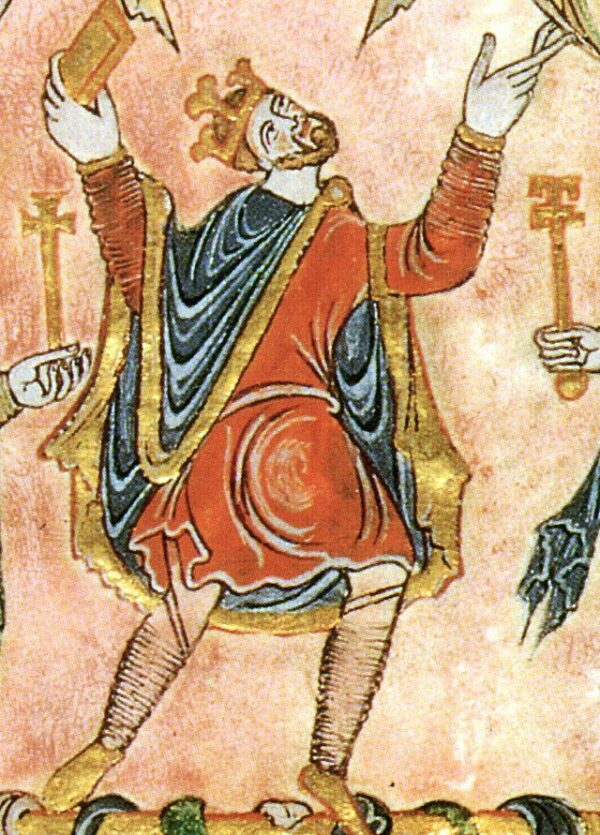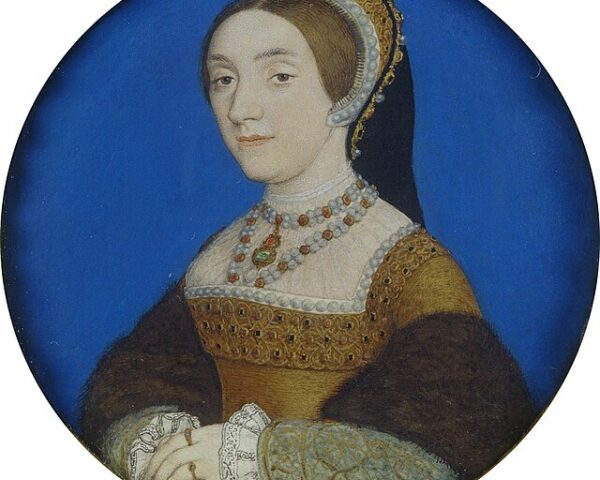On May 11, 973, a landmark event in English history unfolded at Bath Abbey: the formal coronation of King Edgar, known to posterity as Edgar the Peaceful. Though he had already ruled England since 959, this ceremony was not simply a public confirmation of his power—it was the first recorded coronation of an English monarch to be conducted in a style that would come to define the institution for centuries. More than a display of royal pageantry, Edgar’s coronation marked a deliberate political and ecclesiastical statement about the nature of kingship, the unity of England, and the sanctity of royal authority under God.
Edgar’s reign represented a moment of remarkable consolidation in early medieval England. By the time of his coronation, he had already brought relative peace and unity to a realm long wracked by Viking invasions, dynastic struggles, and regional discord. Edgar’s nickname—the Peaceful—was not an idle embellishment; it reflected the unprecedented stability his rule ushered in. But the coronation in 973, orchestrated some fourteen years after he took the throne, was more than a celebration of domestic tranquility. It was a calculated moment of statecraft, reinforcing Edgar’s authority through ritual, symbolism, and the emergent ideology of divine kingship.
Organized by Dunstan, the formidable Archbishop of Canterbury and key figure in the tenth-century monastic reform movement, the ceremony established a precedent that would endure into modern times. In fact, elements of Edgar’s coronation rite—most notably the anointing with holy oil and the solemn oaths—would later be codified in the English coronation liturgy and repeated, with modifications, for every subsequent English and British monarch, including Elizabeth II and Charles III. It is this legacy that has led historians to view Edgar’s coronation not merely as the first of its kind but as the archetype for all future English coronations.
The location itself was rich in symbolic meaning. Bath, with its Roman roots and ecclesiastical significance, offered a setting that linked the new Christian kingship of the Anglo-Saxons with the grandeur of the Roman past. The ceremony, conducted with great pomp, featured an elaborate liturgy, regal processions, and religious blessings that underscored the divine right of kings—a notion gaining traction in continental Europe and now finding fertile ground in England. For a kingdom still relatively young and forged from formerly disparate regions, such a ceremony served to project a unified national identity, anchored in divine favor and religious legitimacy.
Perhaps even more historically significant, however, was the coronation of Edgar’s queen, Ælfthryth. This was the first recorded coronation of a Queen of England—an event that conferred upon Ælfthryth not just ceremonial prestige, but a recognized status as a crowned consort with sacral authority. Her crowning was no mere addendum to her husband’s, but an integral part of the event. Like Edgar, she was anointed and blessed, signaling her role in upholding the Christian moral order and affirming her influence within the court. In an era when queens were often marginalized in both political affairs and the historical record, Ælfthryth’s coronation stood as an acknowledgment of her unique position and potential power.
Ælfthryth herself was no passive figure. She would later wield substantial political influence, especially after Edgar’s death in 975, acting as queen dowager and possibly even regent during the short reign of her son, Æthelred the Unready. That she had been publicly crowned alongside Edgar helped legitimize both her own authority and that of her progeny—a precedent with far-reaching implications in the dynastic politics of medieval England.
Contemporary chroniclers such as William of Malmesbury viewed Edgar’s reign and coronation with reverence, portraying him as a model Christian king. Legends even sprang up around his post-coronation progress down the River Dee at Chester, where it was said that eight sub-kings rowed his barge in a show of submission and national unity. Whether apocryphal or not, such stories reinforced the image of Edgar as the divinely favored ruler of a harmonious, God-ordained kingdom.
The events of May 11, 973 did more than sanctify a king—they established a template for monarchy in England. The rituals and symbolism that defined Edgar’s coronation would be echoed across the centuries, from the Plantagenets to the Windsors. And in crowning Ælfthryth as queen, the ceremony offered a rare glimpse into how royal women could, at least occasionally, step into the sacred and symbolic center of power. Together, their coronation marked not just the apex of Anglo-Saxon statecraft but the beginning of a ceremonial tradition that would shape the very identity of English kingship.






